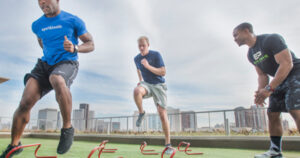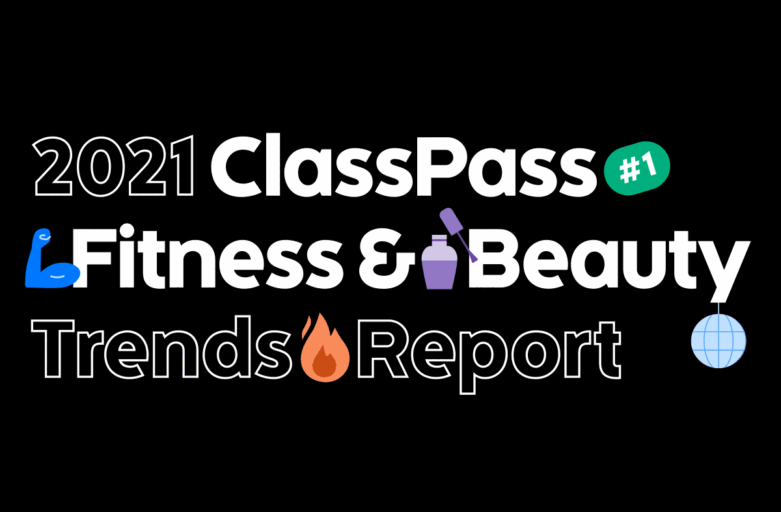Whether your orthodontic appliance is fixed or removable, it’s important to clean it properly. Failure to do so can cause bacteria buildup and lead to bigger problems, such as tooth decay and gum disease.
Since braces create new surfaces and nooks in your mouth, cleaning them involves more than a standard set of teeth. The good news is that learning how to keep your teeth and appliances clean is easy.

While wearing braces, brushing your teeth often with fluoride toothpaste is important. This will help prevent plaque and bacteria buildup, which can lead to tooth decay and gum disease. Brushing your teeth should take at least two minutes, and be sure to brush the surfaces of all your teeth, including the chewing surface, inside of your cheeks, tongue, and the backs of your molars.
Your orthodontist may also recommend using a mouthwash that contains fluoride to protect your teeth further and to help remove any food stuck in your braces. It would be best if you also rinsed your mouth with water after each meal or snack to prevent food from becoming trapped in your teeth.
In addition to brushing, you should also clean your retainer. This can be done by soaking it in a denture cleanser, such as Efferdent or Polident, at least once daily. You should also wash your hands before handling your retainer and be careful not to accidentally bite down on it, which could damage the material.
You can also use a water flosser or a regular toothbrush to eliminate food particles stuck in your braces. It is a good idea to avoid eating sticky, hard, or crunchy foods while wearing braces, as they can cause stains and are difficult to clean.
If you have discomfort while wearing your braces, taking an over-the-counter pain reliever is a good idea. Applying dental wax to any rough-feeling brackets or wires, which can reduce friction inside your mouth, is also helpful.
Flossing is essential to oral health because it removes food debris and plaque your toothbrush can’t reach. This prevents gum disease and tooth decay while your braces work to straighten your teeth for a confident smile. However, flossing is more difficult with braces because of the wires and brackets in the way. The good news is that there are several ways to make flossing with braces faster and easier.
Using a floss threader can save you time because it eliminates the need to thread the floss carefully around each wire. All you need is a reusable floss threader, waxed dental floss, and about 15 minutes to complete your oral care routine. You can find floss threaders in the verbal care section of most supermarkets and pharmacies, but your orthodontist may have a few sample threaders you can try before buying a full bag.
Another easy way to floss is to tie a long piece of dental floss around your index fingers and thumbs. Then, use one hand to hold the floss tightly and the other to guide it between each pair of teeth to the gum line. Make sure to unwind a little new floss from the “dispenser” finger as you go so you have enough clean floss on hand when you get to the back side of your last tooth.
This tried-and-true method requires a bit more skill and takes longer than simply slipping the floss between your teeth, but it is very effective at removing food debris and preventing plaque buildup. It also helps prevent your gums from bleeding or swelling excessively, which can indicate gingivitis or tooth decay.
Regardless of which flossing technique you choose, do it daily. This will help to prevent sugar and excess bacteria from degrading the adhesive that holds your braces in place, which can cause permanent damage if not addressed early. It will also help to keep your teeth and gums healthy and free of bacteria, which can lead to gum disease or tooth decay if left unchecked.
Mouthwash is an important addition to any oral care routine, especially when you have braces. This liquid rinse helps clean hard-to-reach areas of the mouth and can help prevent plaque buildup. It can also freshen your breath and remove food debris from your braces.
It is important to use mouthwash in conjunction with brushing and flossing. It can help rinse your mouth after every meal or snack. It is also a good idea to use mouthwash before bed. When choosing a mouthwash, it is important to choose one labeled as safe for braces. It should contain fluoride and be alcohol-free not to irritate your gums.
To use mouthwash, swish it around your mouth for about 30 seconds after each brushing and flossing. Be sure to rinse the entire area of your mouth, including the roof and back teeth. It is also a good idea to avoid using mouthwash that contains sugar, as this can lead to cavities.
If you have trouble cleaning your teeth and braces, consider investing in an interdental toothbrush. This tool is similar to a pipe cleaner and has small tufts of bristles that can reach between the teeth and the gum line, helping to get rid of plaque and debris that may be difficult to go with a regular toothbrush.
In addition to brushing and flossing, it is also important to visit the dentist at least every 4-6 months for professional cleanings and examinations. Your orthodontist can catch any problems before they become serious and help ensure that your teeth are properly aligned and your smile is healthy.
When you first get braces, your orthodontist will recommend you schedule a dental cleaning appointment. This is to ensure that your teeth and gums are healthy before starting your orthodontic procedures, and it also gives you a chance to ask any questions you might have.
Many people wonder if they can still have regular cleaning appointments when they have braces on. The answer is a resounding yes! Although it may take a bit longer than normal cleaning and exam, the dentists and hygienists are very experienced in working with patients who have braces and are confident in their ability to provide a thorough and high-quality service.
During the dental appointment, your dental hygienist will use a tool to remove plaque and tartar from around your teeth and gum line, ensuring no bacteria are hiding underneath the metal brackets. They will also use a floss threader to get into the tight spaces between your teeth and under the wires of your braces. They will also polish your teeth, giving you that fresh and clean feeling again!
It’s important to avoid eating any foods that can get stuck in your braces, such as hard candy, nuts, gummy bears, and chewy popcorn. Not only are these foods a pain to get out of your mouth, but they can also cause your wires to break, costing you more time in the clinic and more money for repairs!
If you do eat something that gets stuck in your teeth, please call the office right away to let them know. They will be able to advise you on what to do next and how to prevent it from happening.

